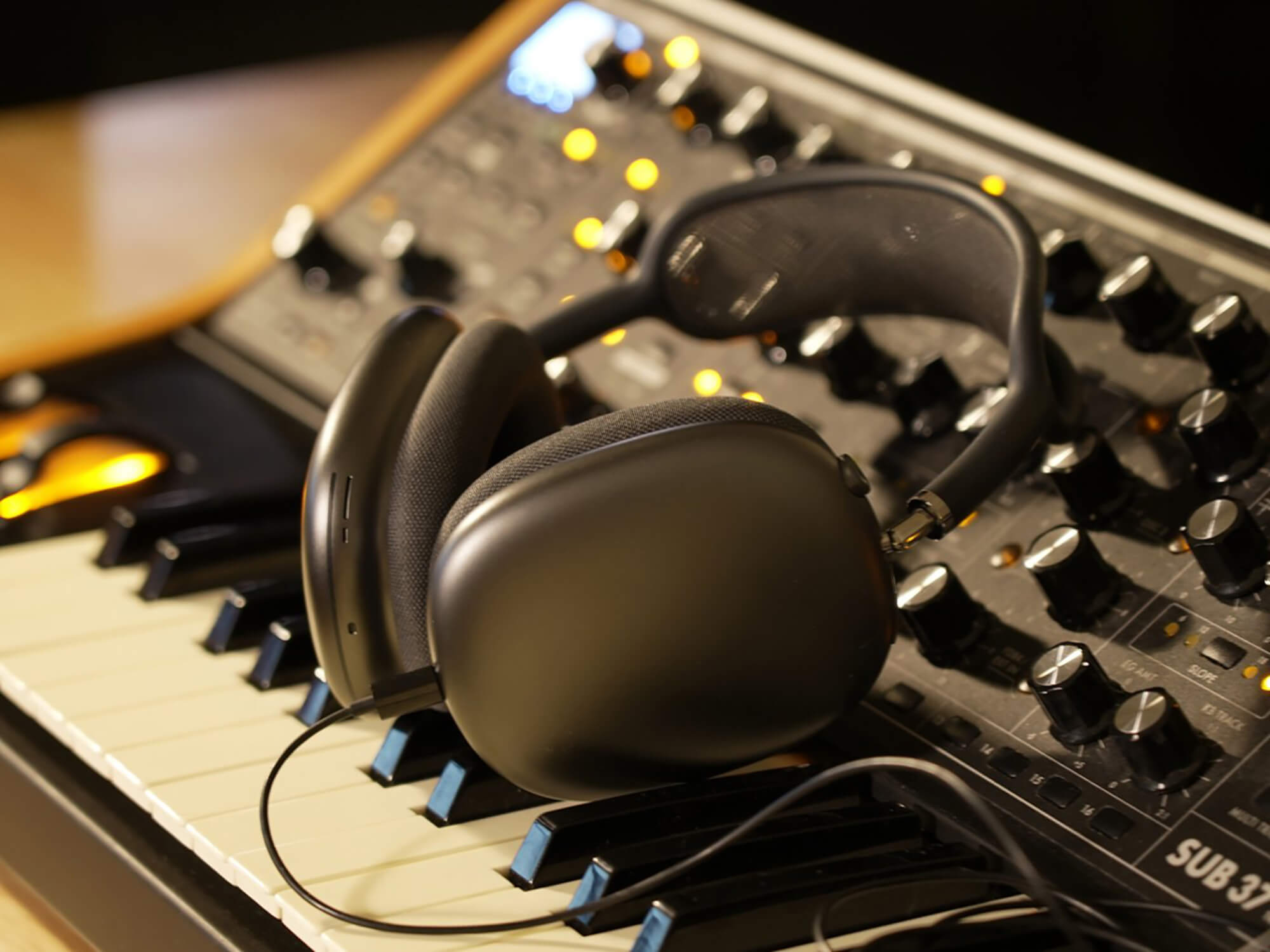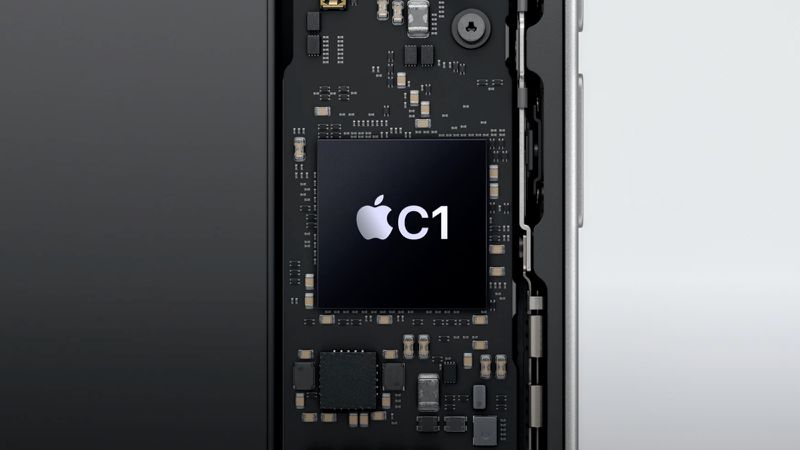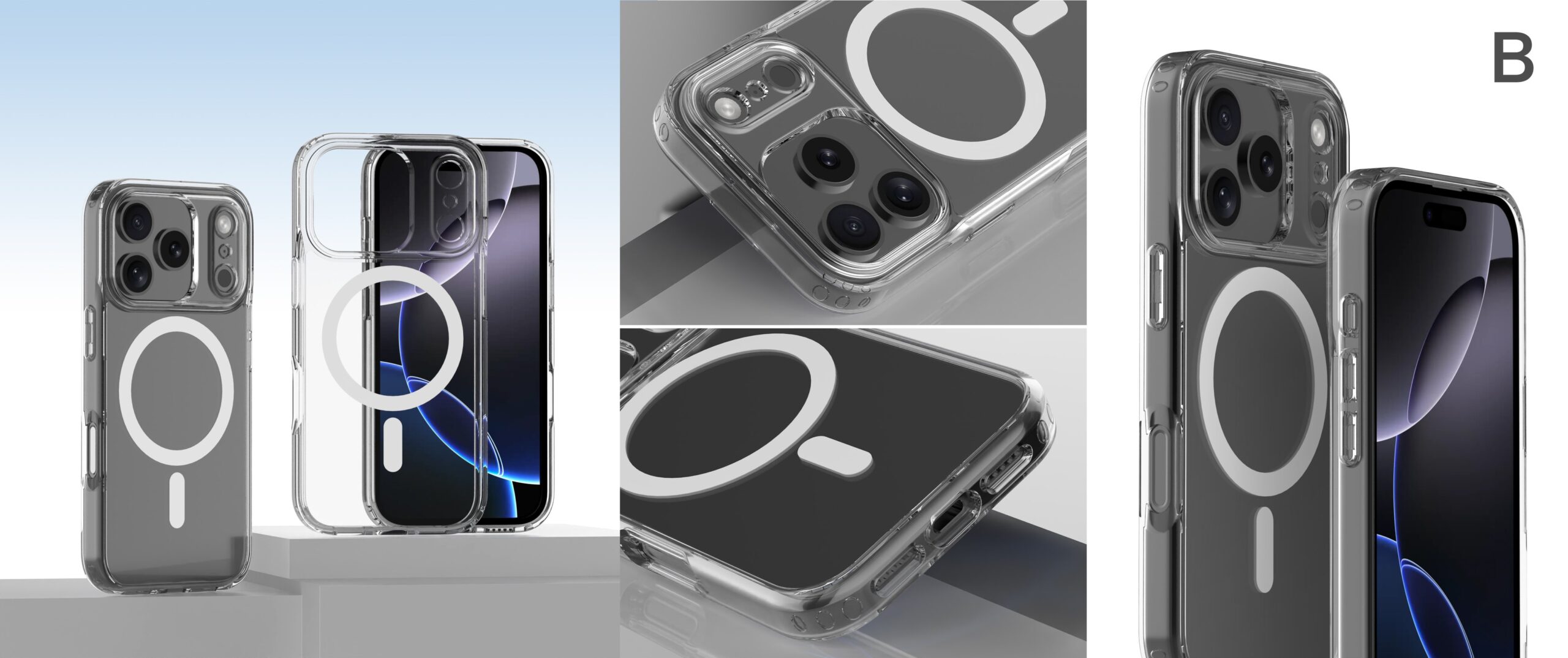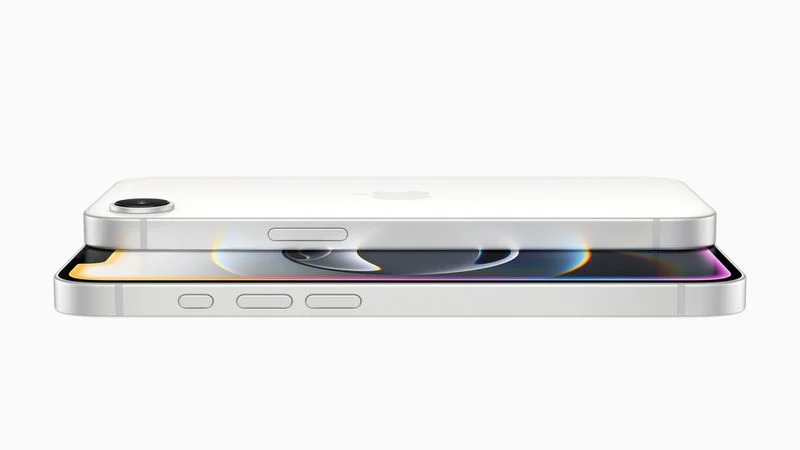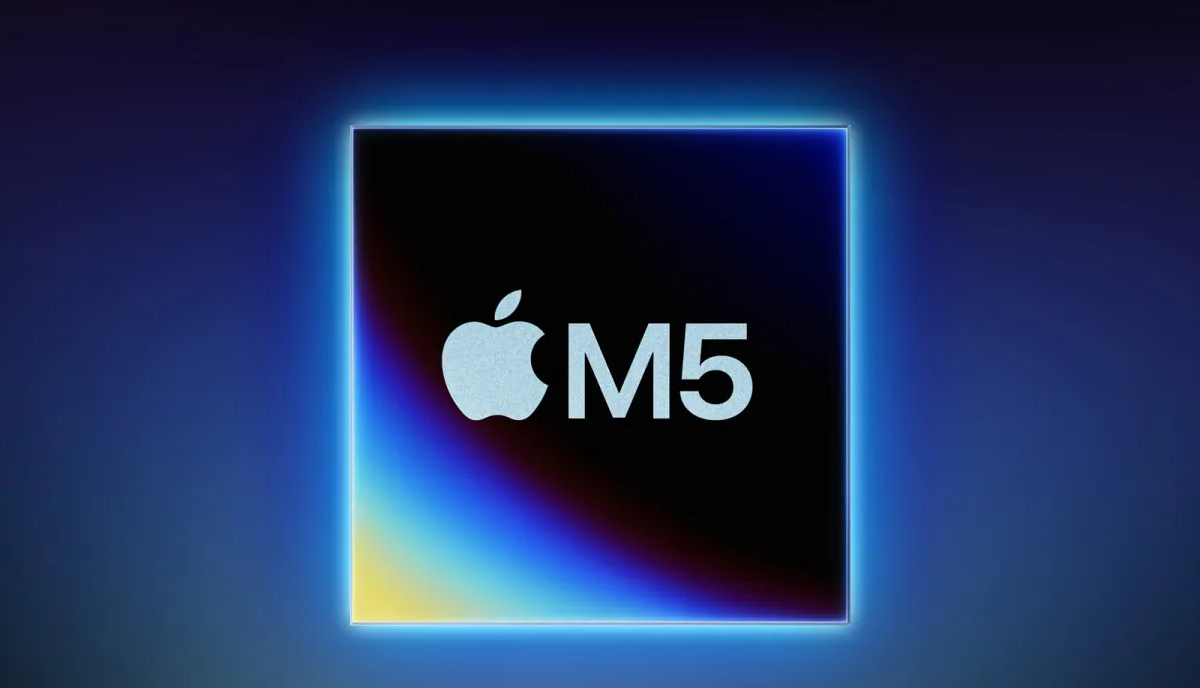Apple has pointed to a sound mix-up as the reason behind a strange issue with the iPhone’s voice-to-text tool. In recent days, this odd glitch has been popping up on social media, especially TikTok. One video shows an iPhone owner speaking the word “racist” clearly into the dictation feature, only for the phone to briefly type “Trump” instead. Moments later, it fixes itself before finishing the transcription.
An Apple spokesperson explained to The New York Times that the confusion comes from a “sound overlap” between the two words. They’re already working on a solution to stop it from happening. John Burkey, who used to work on Apple’s Siri team and still chats with them regularly, said the trouble started after a recent update to Apple’s servers.
He’s not buying the “sound overlap” story, though. “It feels more like a big joke from someone inside Apple,” he said. Burkey, now the founder of Wonderrush.ai, an AI startup, thinks it’s unlikely this is just a random error tied to Apple’s AI data. The fact that the word corrects itself hints it’s not purely a tech slip-up. He suspects someone might have sneaked a bit of code into Apple’s system to swap “racist” with “Trump” on purpose.
“Who’s behind it?” Burkey wondered. “Did they tweak the data or mess with the code?”
Interestingly, The Wall Street Journal pointed out that other words starting with “r” — like “rampant” or “rampage” — have also briefly turned into “Trump” during dictation. For now, Apple says it’s a simple sound confusion they’re fixing. But with people like Burkey raising eyebrows, it’s hard not to wonder if there’s more to this quirky iPhone hiccup than meets the eye. Either way, it’s got folks online talking — and maybe laughing a little, too.

